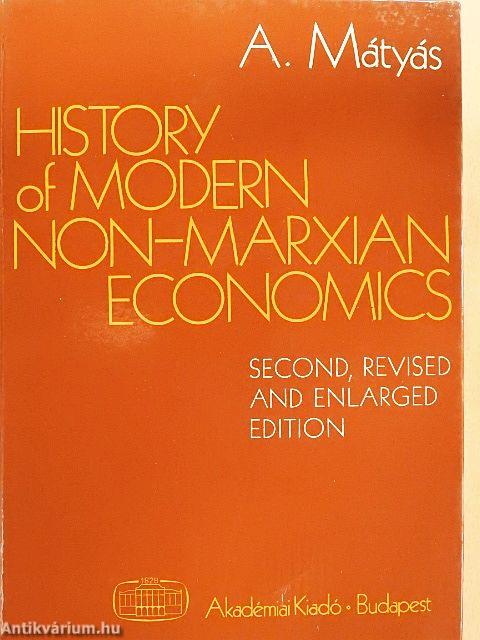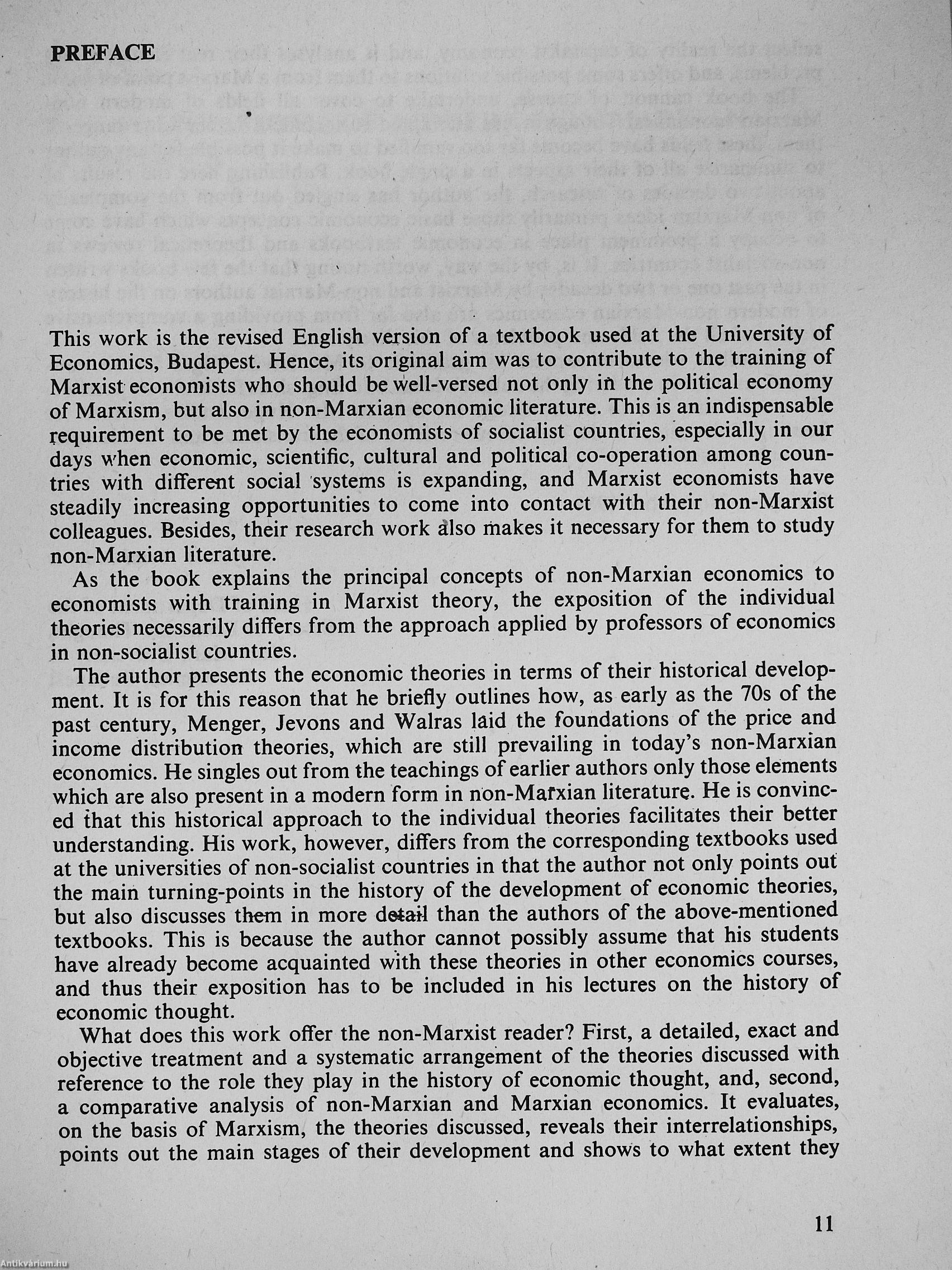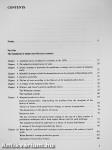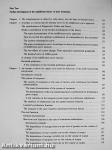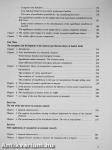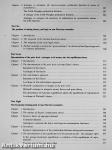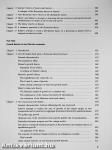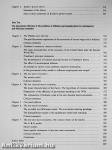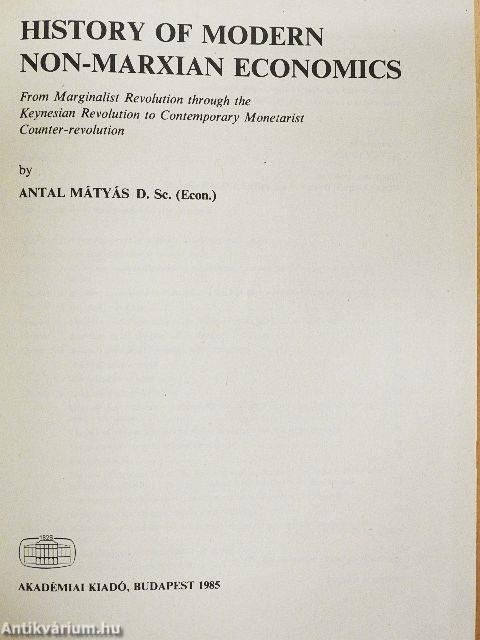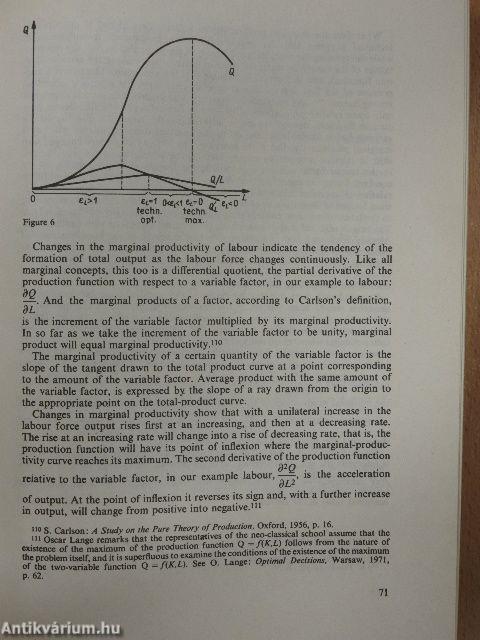1.103.822
kiadvánnyal nyújtjuk Magyarország legnagyobb antikvár könyv-kínálatát

VISSZA
A TETEJÉRE
JAVASLATOKÉszre-
vételek
History of Modern Non-Marxian Economics
From Marginalist Revolution through the Keynesian Revolution to Contemporary Monetarist Counter-revolution
| Kiadó: | Akadémiai Kiadó |
|---|---|
| Kiadás helye: | Budapest |
| Kiadás éve: | |
| Kötés típusa: | Fűzött kemény papírkötés |
| Oldalszám: | 618 oldal |
| Sorozatcím: | |
| Kötetszám: | |
| Nyelv: | Angol |
| Méret: | 24 cm x 17 cm |
| ISBN: | 963-05-3897-0 |
| Megjegyzés: | 2. kiadás. Fekete-fehér ábrákkal. |
naponta értesítjük a beérkező friss
kiadványokról
naponta értesítjük a beérkező friss
kiadványokról
Előszó
TovábbFülszöveg
ANTAL MÁTYÁS
HISTORY OF MODERN NON-MARXIAN ECONOMICS
Based on over twenty years of research, Professor Antal Mátyás's book, now in its second edition, is a major achievement and undoubtedly one of the most comprehensive works ever written on the subject.
Unparalleled in both scope and depth, his analysis starts with the marginalist revolution of the 1870s (Jevons, Walras, the Austrian School), which he considers to be the archetype of the optimal allocation of resources. Following the development of economic thought, he treats the transformation of subjective value theory into the logic of rational choice, the evolution of the theory of market forms, the attempts at taking the time factor into account in price theory and at determining the price level, various problems of welfare economics as well as the evolution of econometrics. Special attention is paid in the book to the study of Keynes's theoretical system, involving both his real and his monetary spheres. Hick's IS-LM... Tovább
Fülszöveg
ANTAL MÁTYÁS
HISTORY OF MODERN NON-MARXIAN ECONOMICS
Based on over twenty years of research, Professor Antal Mátyás's book, now in its second edition, is a major achievement and undoubtedly one of the most comprehensive works ever written on the subject.
Unparalleled in both scope and depth, his analysis starts with the marginalist revolution of the 1870s (Jevons, Walras, the Austrian School), which he considers to be the archetype of the optimal allocation of resources. Following the development of economic thought, he treats the transformation of subjective value theory into the logic of rational choice, the evolution of the theory of market forms, the attempts at taking the time factor into account in price theory and at determining the price level, various problems of welfare economics as well as the evolution of econometrics. Special attention is paid in the book to the study of Keynes's theoretical system, involving both his real and his monetary spheres. Hick's IS-LM curve as well as Kaldor's and Pasinetti's attempts at working out a macro-economic theory of income distribution are also dealt with in detail and are contrasted to Samuelson's and Modigliani's ideas. After examinmg Baumol's and Tobin's views about the interest elasticity of demand for money, the author goes on analysing the post-Keynesian growth models (Domar, Harrod, Kaldor), Hick's theory of business cycles, the main characteristics of the neo-classical growth models and Kennedy's innovation possibility frontier. He gives a thorough analysis of Friedman's monetarist counterrevolution and the Phillips-curve doctrine, and evaluates the theory of cost-push inflation. He regards the new micro-economics (including the search model) as a peculiar development of monetarism, while the new classical macro-economics (the hypothesis of rational expectations) as the second wave of monetarist counter-revolution
In relation to the problems of inflation and unemployment, he treats the new macroeconomics, i.e. the so-callcd non-Walrasian models (Clower, Leijonhufvud, Bcnassy, Barro, Grossman, Malinvaud) as a version of the price-theory reform that evolved in the 1970s. Finally he deals with the two main types (the A B-G mode! and Ocun's model) of the new-new microeconomics, which attempt lo explain the stickiness of prices and wages on the basis of choice théory.
First it is always the exact and objective description of the respective theory or idea that is given, which, if possible, is then followed by an "intra-system" (i.e. non-Marxian) criticism. Finally, a criticism from a Marxist point of view is also provided, enabling the reader to make an interesting comparison between non-Marxian and Marxian economic thought.
Professor Antal MÁTYÁS D.Sc. (Econ.) has been teaching at the Kari Marx University of Economics in Budapest since 1953, and has headed the Department of the History of Economic Thought since its foundation in 1970. So far he has published eight books and numerous papers, all dealing with the history of economic thought.
AKADÉMIAI KIADÓ • BUDAPEST Vissza
Témakörök
- Közgazdaságtan > Közgazdasági elméletek > Egyéb
- Idegennyelv > Idegennyelvű könyvek > Angol > Művelődéstörténet
- Művelődéstörténet > Eszmetörténet > Tudományok
- Filozófia > Témaköre szerint > Szakfilozófiák
- Filozófia > Témaköre szerint > Filozófiatörténet > Irányzatok
- Idegennyelv > Idegennyelvű könyvek > Angol > Közgazdaságtan > Közgazdasági elméletek > Egyéb
- Idegennyelv > Idegennyelvű könyvek > Angol > Filozófia > Témaköre szerint > Szakfilozófiák
- Idegennyelv > Idegennyelvű könyvek > Angol > Filozófia > Témaköre szerint > Filozófiatörténet > Irányzatok



